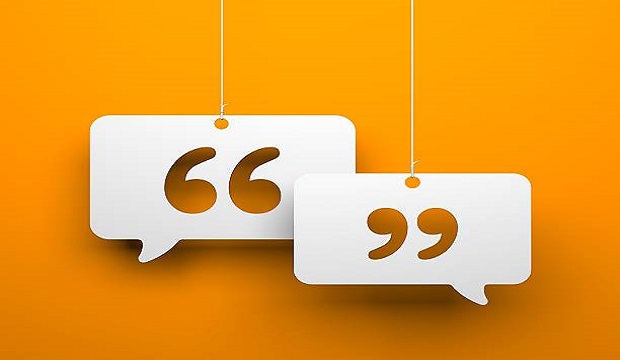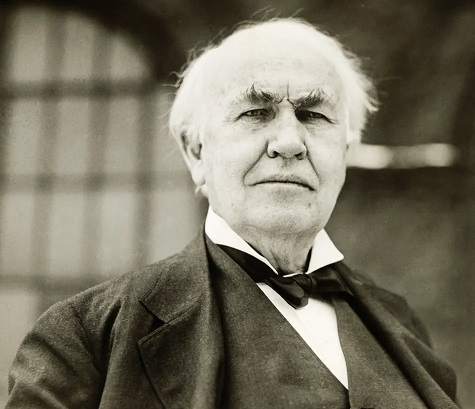
How to Connect with Your Audience by Moving Closer
Dec 22, 2022 | Public Speaking
Most presenters start out by gratefully clinging to the lectern’s sides, content to hide behind it for a little additional security in a tense scenario. But you already know that you should not remain in front of the podium. Yet why?

How should you move in relation to the audience as you become more proficient at public speaking and at ease on stage? Is it advisable to saunter deeply into the crowd or not? What about circumstances in which it seems difficult to communicate with the audience at all, whether because of the design of the room or the placement of your listeners?
Zones for Human Interaction
Several important findings from research on non-verbal communications will be helpful in formulating a few principles for the efficient choreography of a speech. The first quotation is taken from Edward T. Hall’s seminal book The Silent Language. He outlined four areas of distance between individuals:
- Public space is defined as twelve feet or greater.
- Social space is from twelve feet to four feet.
- Personal space is between four feet and a foot and a half.
- And intimate space is from a foot and a half to zero.
- Although these zones differ slightly in size from one culture to the next, they exist in all cultures.
- Audience To connect, personal space is essential.

Sharing public space is low-key for us since the individuals there are simply too far away to be significant for us to be particularly interested in them. The social environment is a little cozier, but we do not really start to pay attention until someone enters our personal space. Of course, when someone is in our personal space, we are completely focused on them.
"Unless you can invade their personal space, you can't really have an impact on people."

The bottom line is that only in private and intimate spaces can important things between individuals occur. Personal space is left when public speakers are not allowed in intimate spaces because doing so violates a very deep principle. Here is how you approach it: Unless you can into someone’s personal space, you cannot really have an impact on them.
You might be thinking by this point that this zone research causes a problem for public speakers. You certainly cannot invade everyone in the audience’s personal space because if you did, you would be running around like a crazy person. Most of the audience might feel excluded.
Emotions are Shared by Your Audience

I will get to the mechanics in a moment, but first, here is some interesting new brain study that clarifies the situation. Researchers from Italy have investigated mirror neurons (See: Mirrors in the Brain: How Our Minds Share Actions, Emotions, and Experience). According to research, a unique type of neuron called a mirror neuron fire in our heads, causing us to feel whatever emotion the person next to us is feeling. It is the reason we can care for others, experience their joy and grief, and be empathic as a species.
Pro Tip
In this instance, it means that everyone seated close to the lucky audience member will feel the same rush of attention if the speaker pays particular attention to them. Although the effect weakens with distance, it is still potent and eliminates the need to circle the room to pay attention to most of the audience.
As distance decreases, trust (and connection) rises

The third phenomenon is that we trust people more when they are close to us and less when they are farther away. This third phenomenon can be added to these research findings.
The only efficient approach to get beyond bland and leave an impression on people is to move into the crowd and into the personal space of chosen audience members.
By this point, you should have a clearer idea of why it is so crucial to approach an audience to connect with them and why you should not hold to the erroneous belief that doing so will make other audience members feel excluded. The only way to get beyond bland and leave an impression on people is to move into the crowd and into the personal space of chosen audience members. And changing the world is the only purpose to give a speech, right?
Action Item
Okay, but how can you approach the audience more closely?

Okay, but there is still the coordination, you object.
- How would I maneuver in a ballroom with numerous round tables and people facing all directions while giving a speech?
- What happens if I am standing on a stage and leaping down would be bad for my health?
- What about when I am being recorded for the back row and the AV crew tells me not to leave the stage because they cannot follow me? So, what do I do?
"To make your speaking more impactful and clearer, use your body as a punctuation mark."

I have worked as a speaker and a coach of speakers for more than 20 years, and I have seen about every imaginable room arrangement. Many of these make it incredibly challenging for presenters to enter the crowd. You simply must function as best you can in those circumstances.
The best might merely be advancing to the stage’s edge. But even that will strengthen the audience’s sense of closeness and trust in you because people are quite perceptive about whether others are moving near or far from them, even in tiny movements.

Knowing how mirror neuron’s function enables you to see why engaging the audience is beneficial even if you only interact with a small number of people. However, you do not want to spend too much time ensconced in an audience and turn your back on a sizable portion of your audience. The act of turning away from someone delivers a keen sense of disinterest or disengagement.
"Closing the distance and moving closer the audience indicates, 'This is significant.'"

This is particularly true in an area with lots of those round tables where it feels like everyone is turning their back on you. With that set up, you should spend most of your time moving toward the tables you can easily access from the front of the room. Try to visit every corner of the space.
The audience will be grateful that you tried to connect with them and that you did not spend a lot of time getting lost in the maze of tables. Additionally, you do not want to focus too much attention on a single audience member. The precise timing will depend on the content of your speech and the nature of your interactions, but as a rule, aim for no longer than a minute.

If you focus on one person for too long, the rest of the audience will feel excluded. It requires (1) tact and (2) fast decision-making on the spot. Consider the size of the space, how you will move around it, and how hard you can work the audience.
When you want to accentuate a point in your speech or when you want to engage with audience members, the objective should always be to walk toward them—even if it is just a few feet. This is vital, he or she says as they close the distance and go approach the audience. Moving away implies the contrary.
Use your body as a punctuation mark to enhance the impact and clarity of your speech. The dance should support the message being conveyed. Always.


































Recent Comments